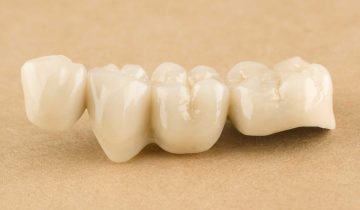Last updated on April 20th, 2022
Amalgam filling, also called silver filling or mercury filling, has been used in dental care for a long time. However, since it involves mercury, which is a toxic element, it is not preferred in modern dental clinics. In fact, the real challenge of today is the removal of amalgam fillings.
In this guide, you will find answers to many questions about amalgam filling and removal. You will also find some other details that you should consider if you have any.
What Is Amalgam Filling?
Dental amalgam is composed of silver, mercury, copper, and zinc. Cavities in teeth are filled with this mixture, and it has a metallic look that you might be already familiar with. However, this treatment is not followed much these days, mainly because of the mercury content, which makes up half of the composition by weight. It is banned in many European countries, though some dentists still tend to practice this technique in other parts of the world.
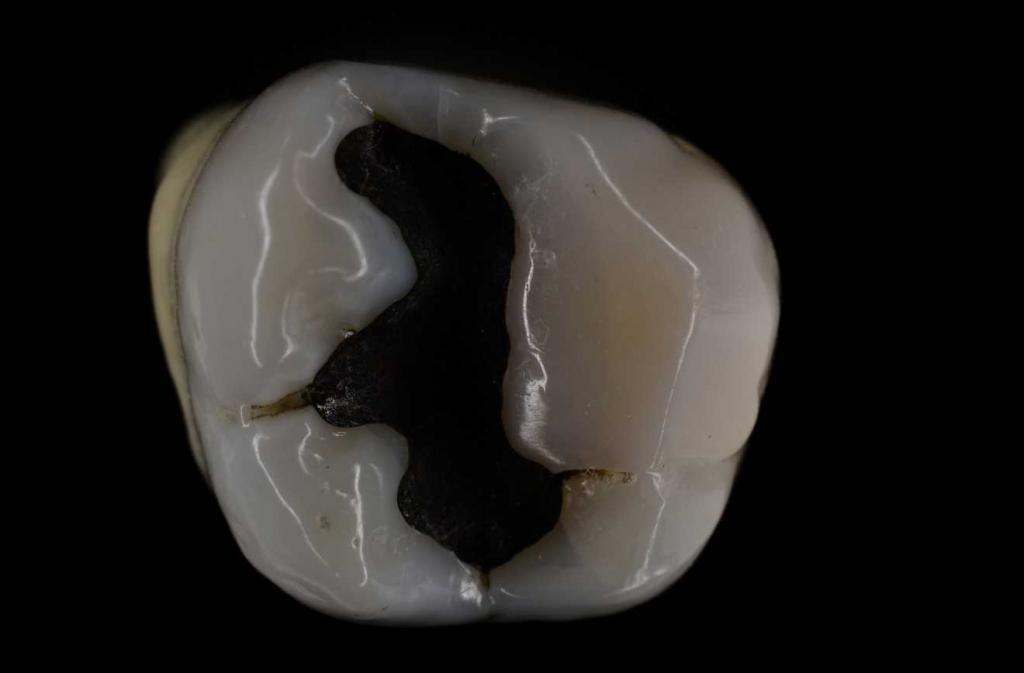
Why Is Amalgam Filling Used?
Although tooth-colored composites and gold fillings are the common alternatives of amalgam fillings, they fell back in the market in the past. Tooth-colored composites are more expensive and less durable, whilst gold fillings are durable but highly expensive. On the other hand, amalgam fillings are pretty affordable and durable. However, one big pitfall of them is they look like decayed teeth, which is really terrible. The same aesthetic problem comes with the gold fillings as well. They don’t look natural, either.
The patients seeking lower prices and longer durability have preferred amalgam fillings, and they have ignored aesthetics. However, today, we know that amalgam poses serious health risks.
Are Amalgam Fillings Safe?
Although health authorities in the USA admit that the mercury level in the blood might increase because of the amalgam fillings, they still think the level of mercury is not enough to create serious health problems. However, in many European countries, the use of amalgam is highly restricted or even banned, as noted by the No Harm Europe Organization.
It seems that there is not a conclusive answer to the question. However, many experts agree that removing or replacing the amalgam filling increases the risk of vaporing the mercury. Also, they agree that amalgam filling poses a higher risk for patients under the age of 15, having metal allergies, or pregnant women. Therefore, if you don’t have an amalgam filling, you can keep avoiding that. If you already have an amalgam filling, don’t get it removed or replaced if you don’t have any problem with it.
When Do Amalgam Fillings Need To Be Replaced?
An amalgam filling is expected to last for 15 years or so under normal conditions. However, if you are grinding or clenching, the service life of the metal filling may decrease. Also, certain urgencies may lead to replacing the amalgam fillings, such as a new cavity under the filling, a damaged filling edge (open margin), cracked or broken tooth surface…etc. Whatever the reason is, you should get your amalgam filling replaced by highly competent experts. Amalgam filling replacement needs a thorough examination and utmost care due to the potential mercury evaporation during the treatment.
Once the removal is done, your dentist can fill in your tooth with a teeth-colored filling. This will be safer for your health.
Are Old Amalgam Fillings Dangerous?
Whether amalgam fillings are dangerous is not clear yet. Mercury in the amalgam is dangerous for health, but the amount of mercury in a dental amalgam filling is similar to the amount of mercury that we take from some seafood. Although they say that it is negligible, some authorities suggest restricting the use of amalgam for some patients with higher risk, such as pregnant/breastfeeding women, children, or people with kidney diseases.
Some recent studies also found increased use of amalgam is associated with asthma and arthritis. Therefore, if you want to stay on the safe side and avoid amalgam filling side effects, you can consider other filling alternatives.
What Are The Amalgam Filling Alternatives?
If you find amalgam filling risky, you can consider other alternatives. An experienced and qualified dentist will explain the other options and potential advantages and disadvantages to you. Here is a short takeaway about amalgam filling alternatives:
White Filling:
White tooth fillings are the most popular filling materials used in dental treatments. They are usually resin-based, and thus they are also called “resin fillings” or” porcelain fillings”. They look like natural teeth, yet their durability is still less than amalgam fillings.
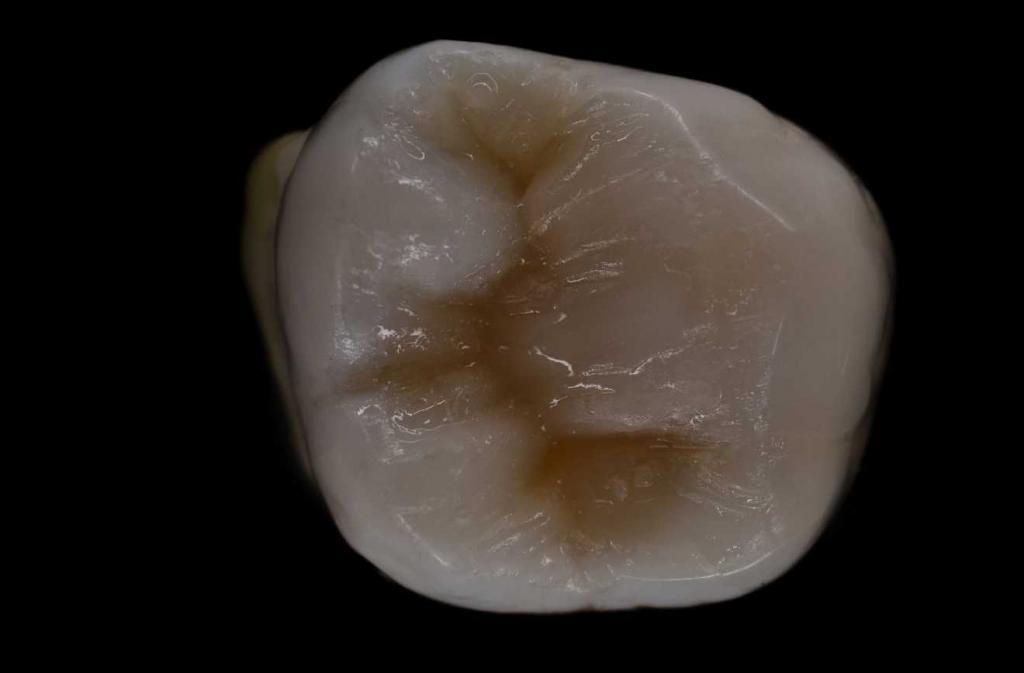
Dental Inlay/ Dental Onlay:
Inlays and onlays function similarly to fillings, but they are used for larger cavities. A solid material, fabricated outside, is cemented on the cavity. They are expected to last longer with higher protection against recurrent decay. However, the price of inlays and onlays is higher than direct fillings.
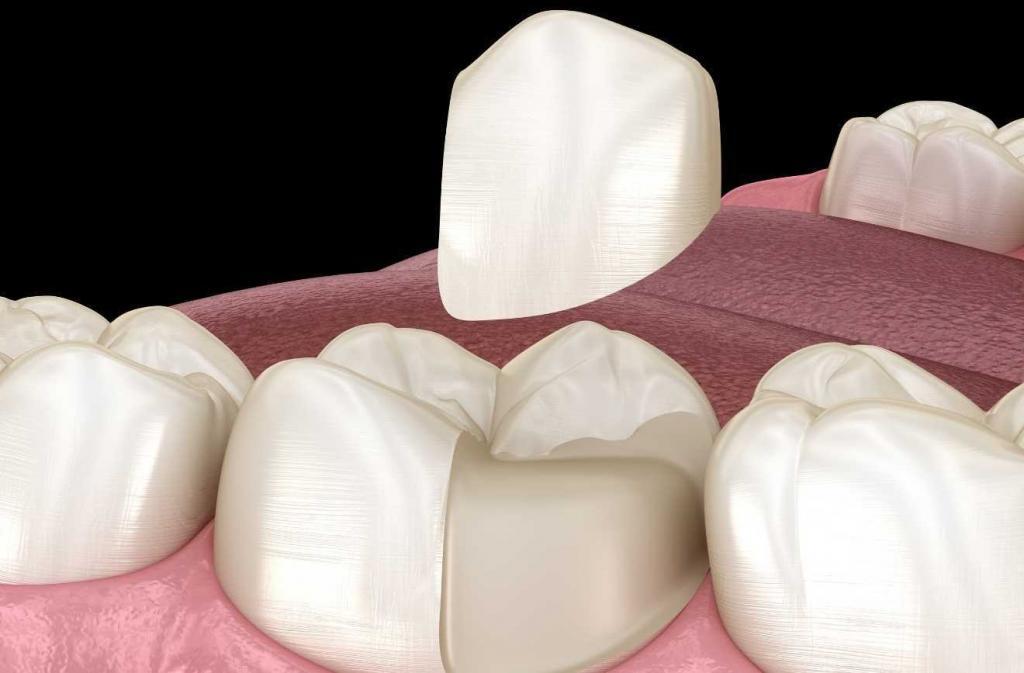
Dental Crowns:
Dental crowns are another indirect filling treatment as inlays and onlays. However, crowns are placed on the tooth surface like a cap, and they provide better protection. It is usually advised for more severe tooth problems.
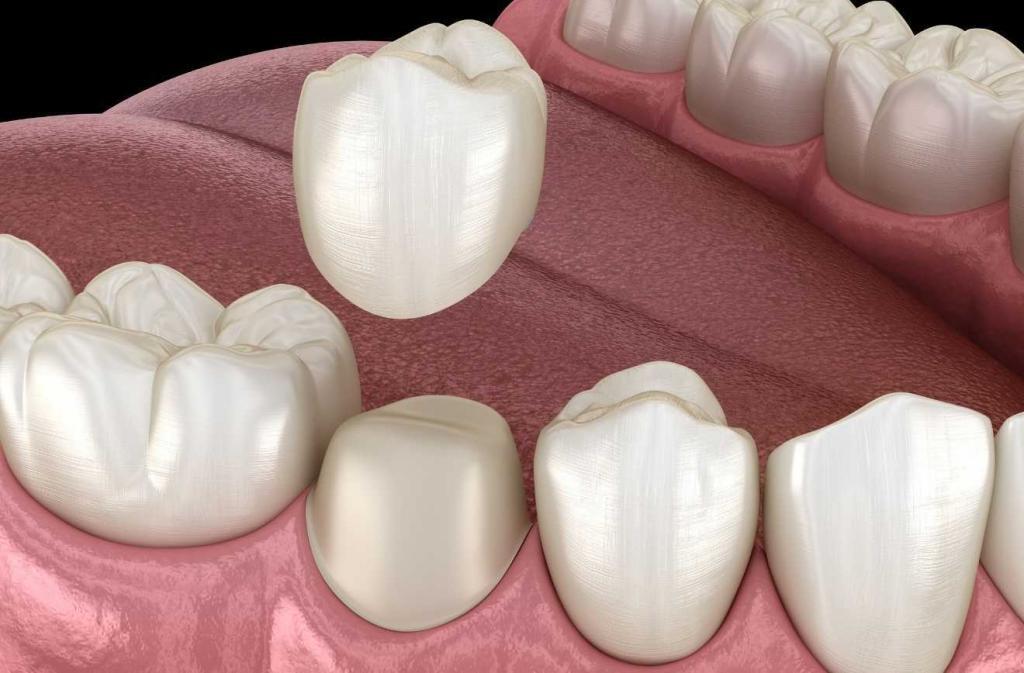
Extraction:
This is the final action that your dentist can take against your decayed tooth. The tooth is extracted, and further treatments are followed when needed. Typically, dental implants are applied after an extraction.
Where To Get My Amalgam Fillings Replaced?
Amalgam replacement is a very elaborated job. Many dental clinics can help you with that. Still, you should seek the ones offering you a full health plan, including oxygen supply, rubber dam for shielding your mouth, suction device, heavy metal detoxification, supplements, and a suitable diet.
You should also ask about the insurance and guarantee options in any dental clinic you plan to replace your amalgam filling.
Is It Painful To Replace Amalgam filling?
Amalgam filling removal is similar to many other dental treatments. Local anesthesia is applied to the area, and you feel no pain during the treatment. Only some mild discomfort and tooth sensitivity might come after the treatment.
How Much Does It Cost To Remove Amalgam Fillings?
The amalgam removal involves a great deal of care and organization. Therefore, the cost of removal greatly depends on the materials and quality of the work. You can make a list of the services and types of equipment to be used for your treatment and compare the prices between different dental clinics.





